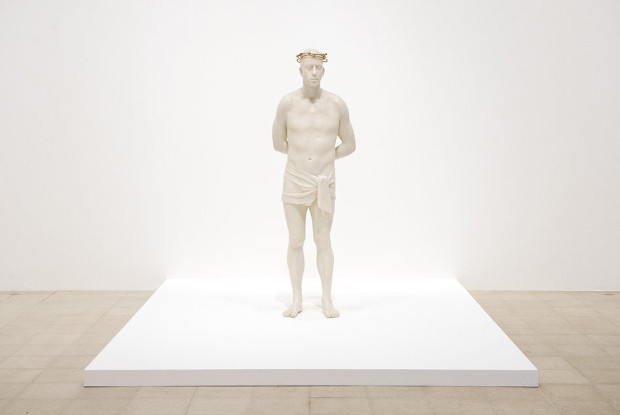
Elmgreen & Dragset's turn to Christ
The fine-art duo have curated a shocking new Berlin show inspired entrirely by Christianity
Religion was once of the rich sources of inspiration for artists. Since the Renaissance, western art has moved away from the church, to focus on man rather God. However, a new exhibition, curated by the duo Elmgreen & Dragset, pulls together contemporary artworks with a Christian bent, even if the show, The Others, which is on until 22 January, isn’t the sort of thing you should take your local clergyman along to.
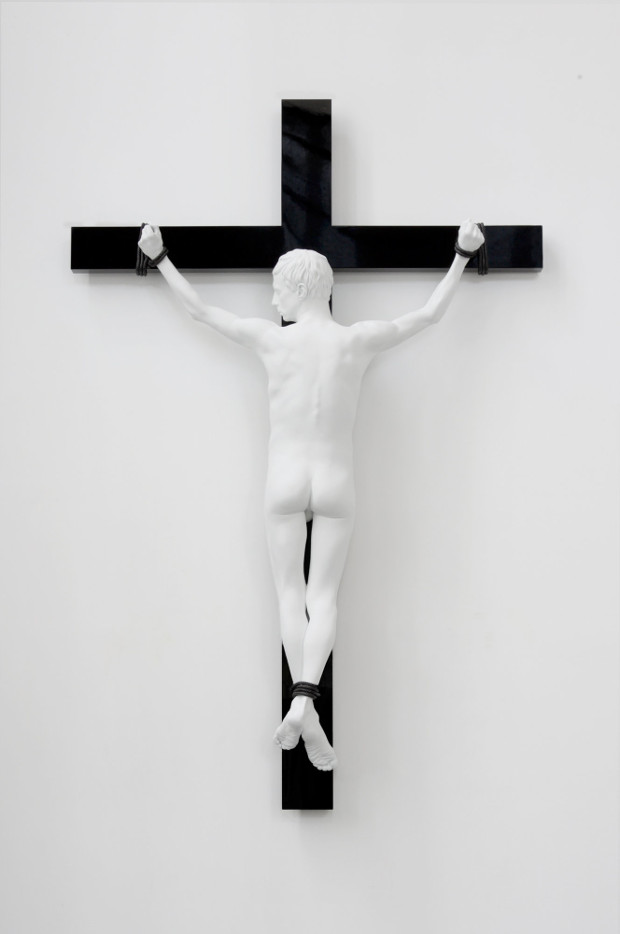
Staged at the König Galerie in Berlin, which is housed within Brutalist building which once served as a Catholic Church, The Others consists of 15 works by 12 artists, including Tacita Dean, Mark Wallinger and Elmgreen & Dragset themselves. Though every work is inspired by Christianity, the organisers see the show more as a critical response to religion, rather than a pious exercise in subservience and worship.
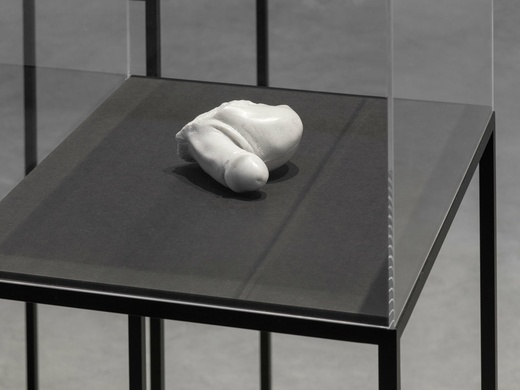
“Forms of bodily resistance and alternative narratives address issues of belief, gender, race, morality and sexuality,” explains the gallery. “With the exhibition title The Others, the gaze is turned back on the participating artists themselves as “the others,” most of them coming from countries with a predominantly Protestant or Catholic history.”
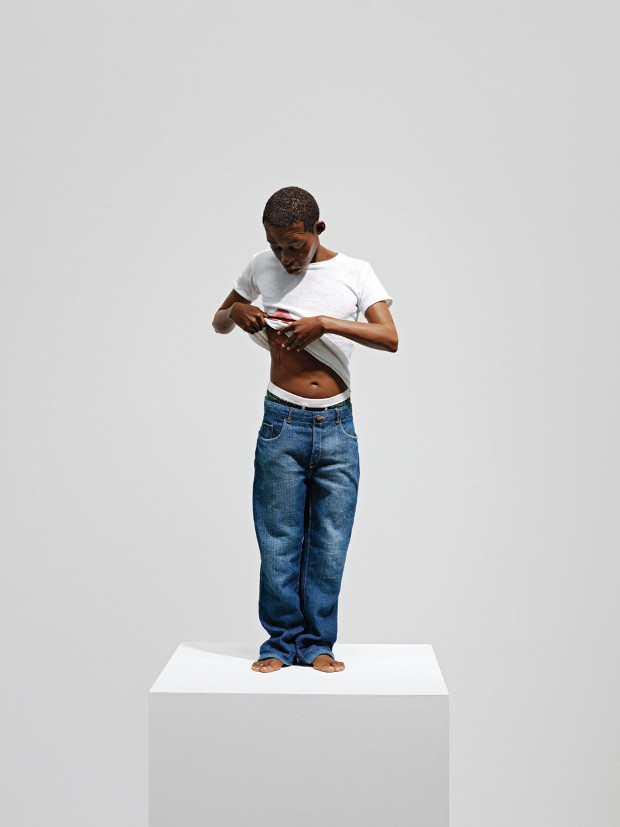
There are works by artists who have inflamed hard-line Christians in the past, such as the American photographer Andres Serrano, who is best known for his 1987 photograph Piss Christ. Other pieces, such as Nasan Tur’s Fragments, wherein the artist remade the kind of bodily chunks that religious zealots once smashed off classical statues, seem to directly criticise the church’s assaults on religious freedoms.
Yet there are additional artworks, including Ron Mueck’s You - a model of a young black man with Christ’s holy wounds - which appear to occupy a more ambiguous position, enabling even the most agnostic of visitors to consider how the church, even in a highly secular city in this secular age, still influences the way we judge and perceive images
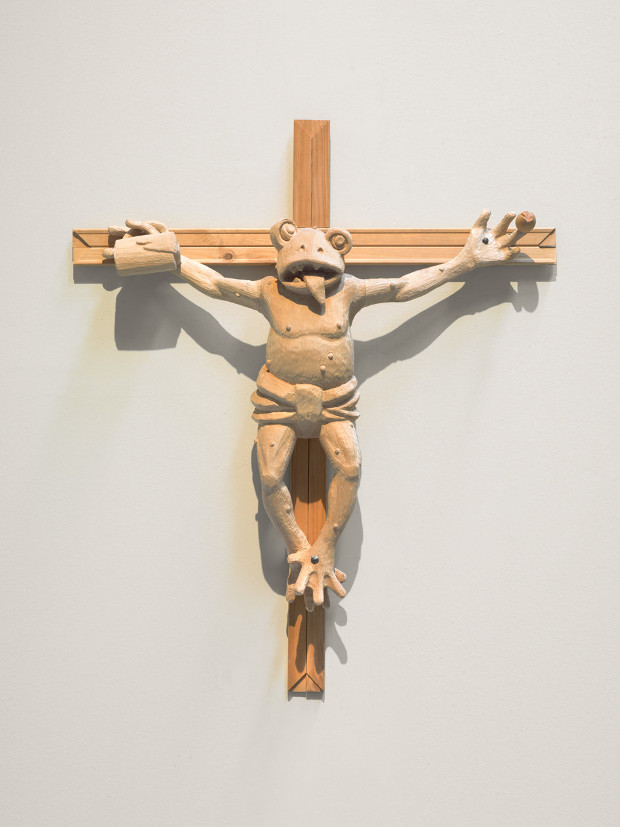
For more on early Christian artistry consider The Glory of Byzantium and Early Christendom; for more on Tacita Dean, consider this title; and for more on bodily art both sacred and profane, get Body of Art.